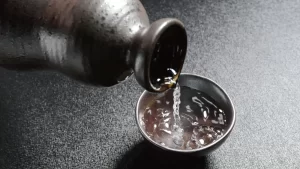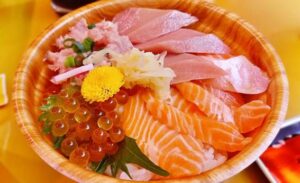Find Your Favourite Miso!
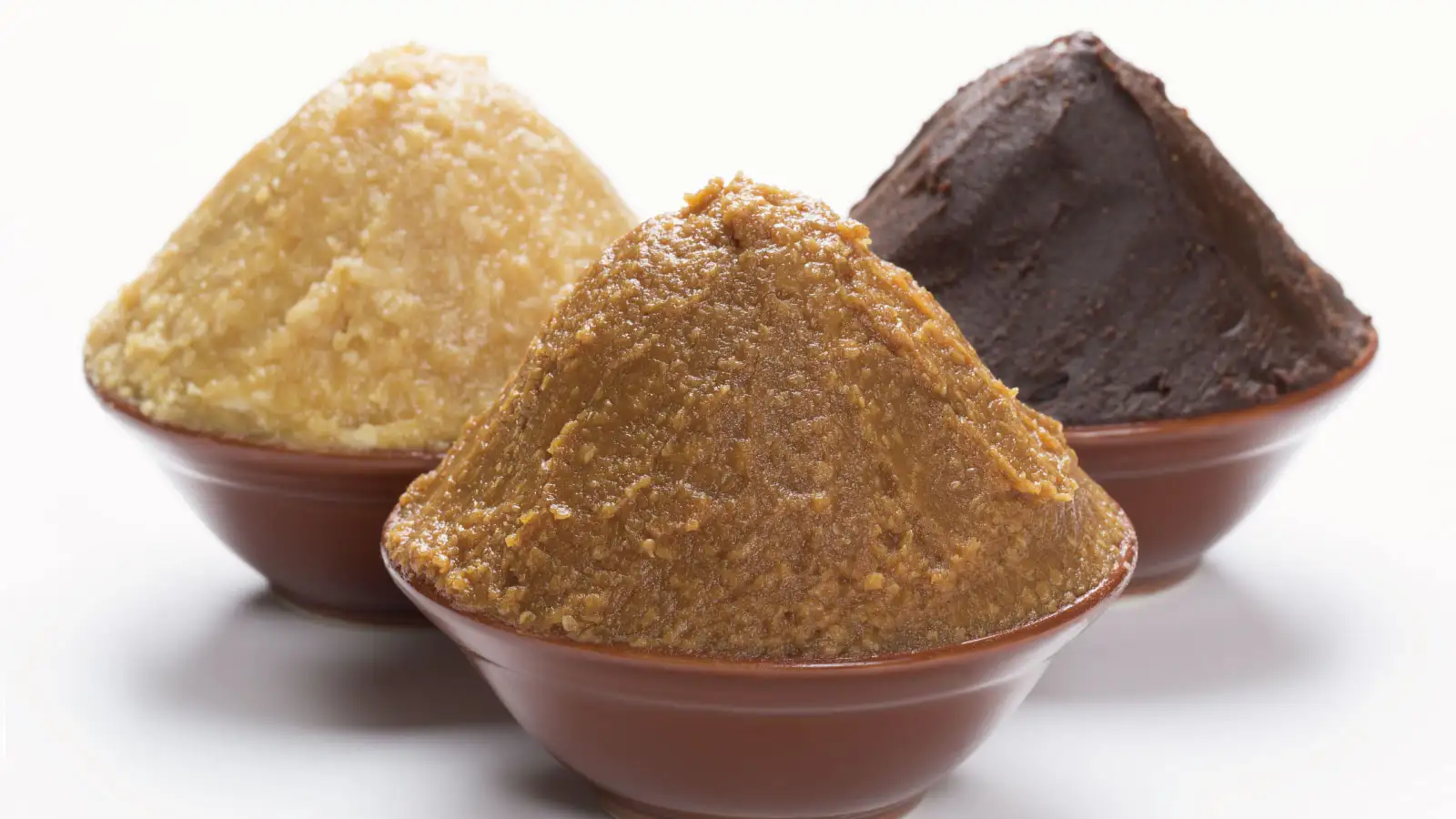
Soybeans, the raw material for miso, are rich in protein, fat, vitamins, and minerals. Furthermore, the fermentation process by koji improves the digestion and absorption of these ingredients, further increasing their nutritional value. There are actually several types of miso. Let’s get to know the unique characteristics of each miso, find your favorite, and have a healthy lifestyle!
Differences in koji of miso
Miso can be divided into “rice miso,” “barley miso,” “bean miso,” and “mixed miso,” which is a mixture of these three. The main ingredients of miso are soybeans and salt, but the difference lies in what kind of koji is added to it.
Rice miso
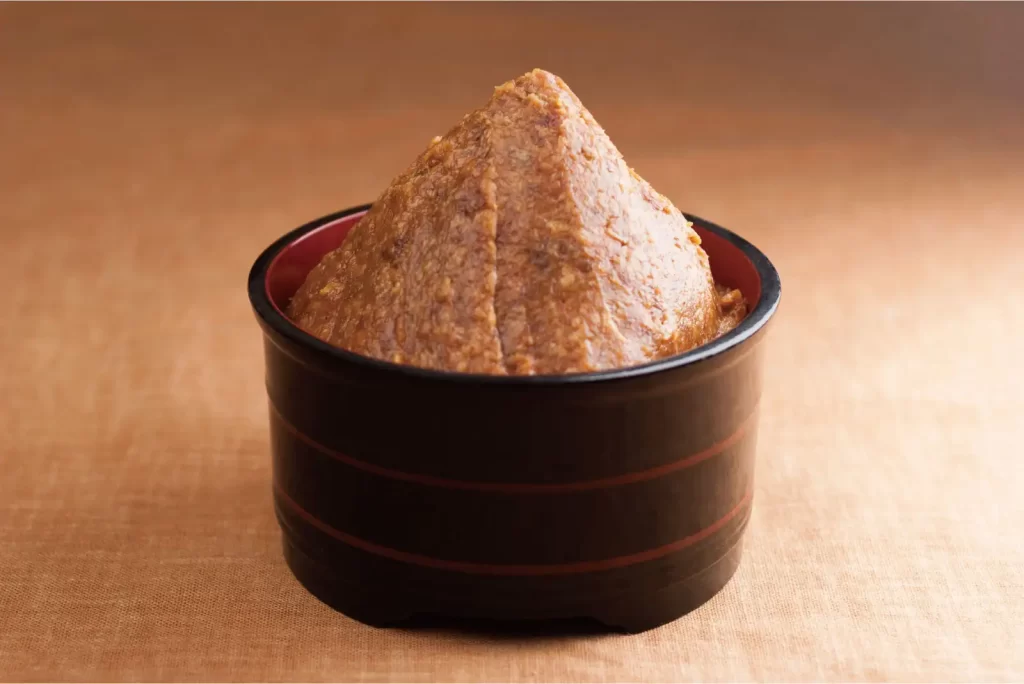
Made by adding rice koji to soybeans, this type of miso is produced in many parts of Japan. It is the most popular type of miso. Rice miso has no distinctive flavor, so it is easy to use with any dish.
Barley miso
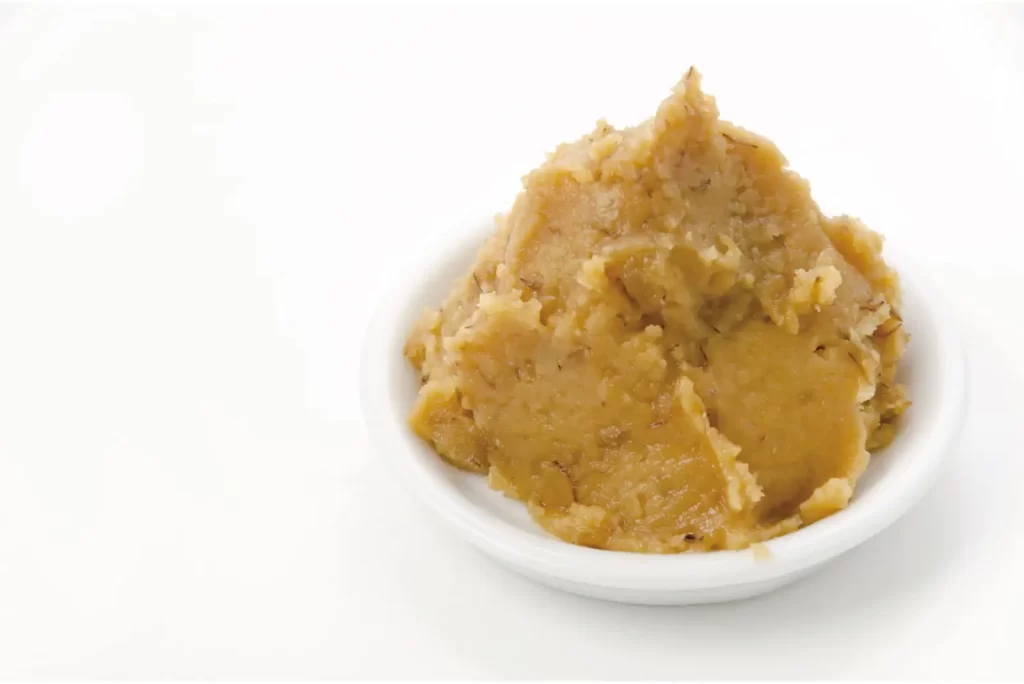
Made by adding barley koji to soybeans. Barley miso contains a higher ratio of koji to soybeans than rice miso, and the maturation period is shorter. Barley miso produced in this way has a sweeter taste and a lighter color.
Soybean miso
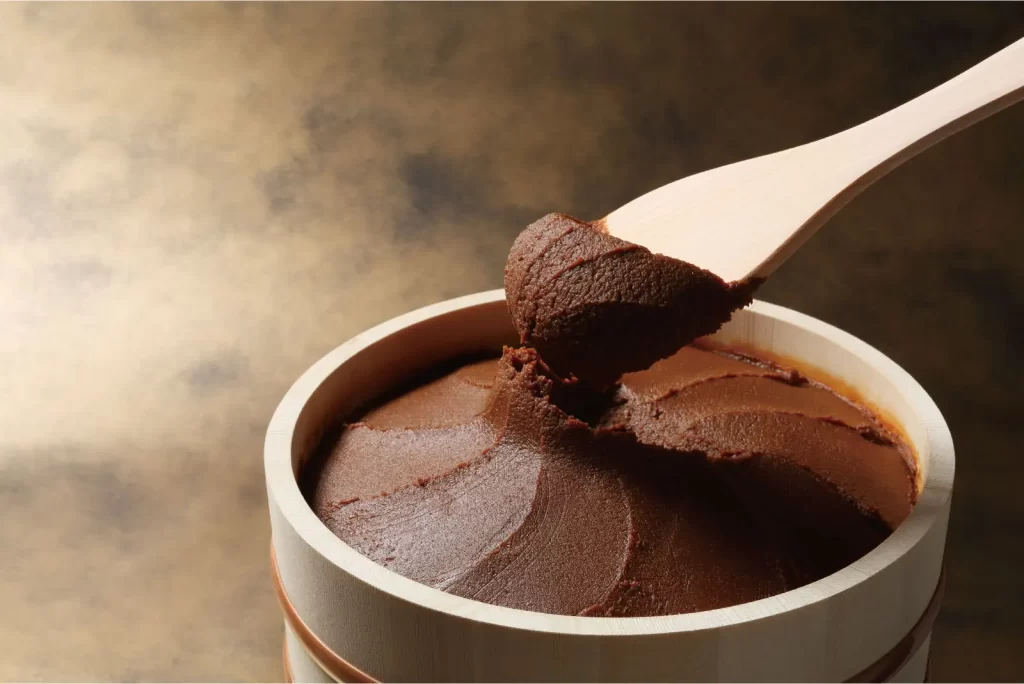
It is made by fermenting and maturing soybeans without using rice. It is characterized by its low sweetness, rich umami flavor, and a slight bitterness. Because of its dark color, people might think that it is high in salt, but in fact it contains less salt than rice miso.
Mixed Miso
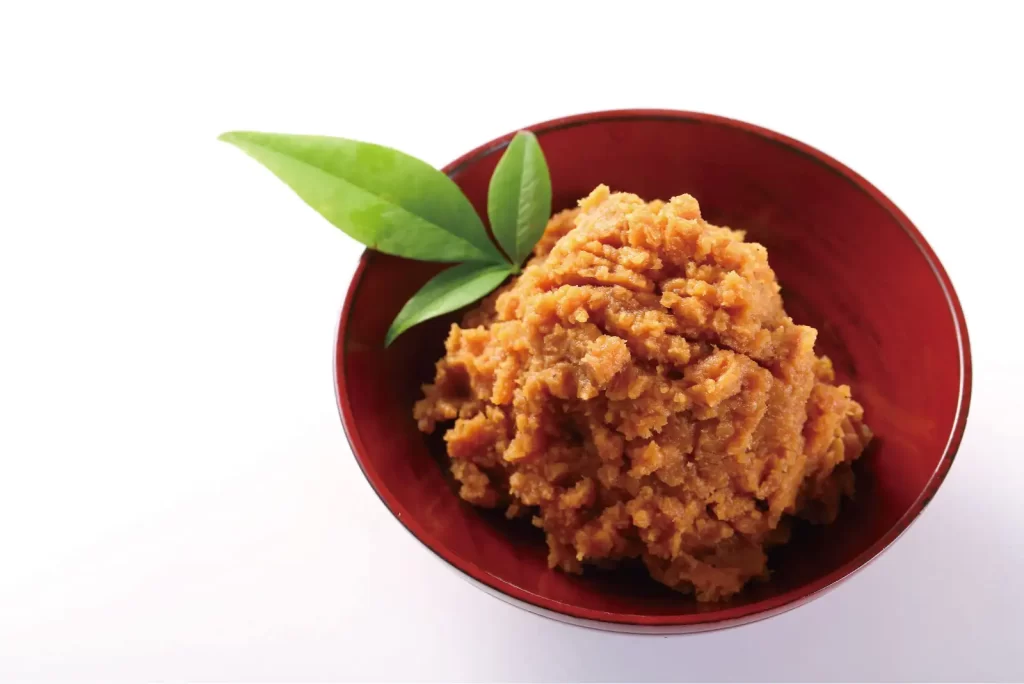
There is a type of miso that combines two or more different types of miso, such as “rice miso + soy miso” or “rice miso + barley miso,” or a mixture of multiple types of koji. Mixed miso is characterized by its mild flavor.
Differences in color of miso
The difference in the color of miso is caused by the Maillard reaction during fermentation. The Maillard reaction is a reaction between the amino acids in soybeans and the sugars in the ingredients, turning them brown. The more advanced this reaction is, the more reddish-brown the miso becomes.
White miso
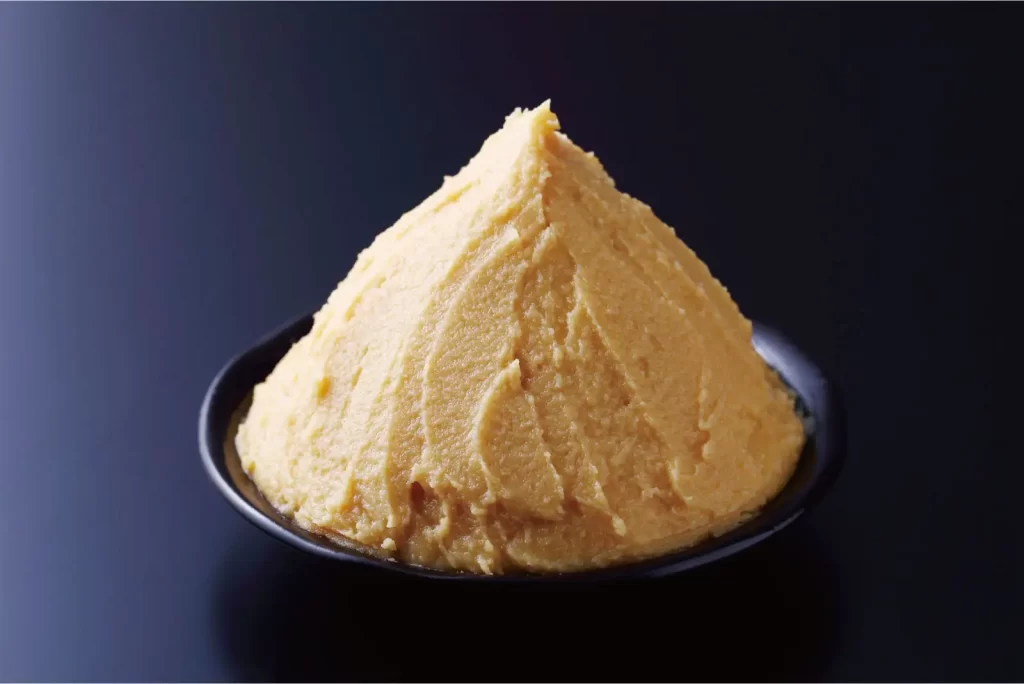
White miso is a type of miso that looks light cream in color. It is a sweet-tasting miso made by using less salt and more koji for the soybeans. Shiro miso is rich in GABA and lactic acid bacteria.
Red miso
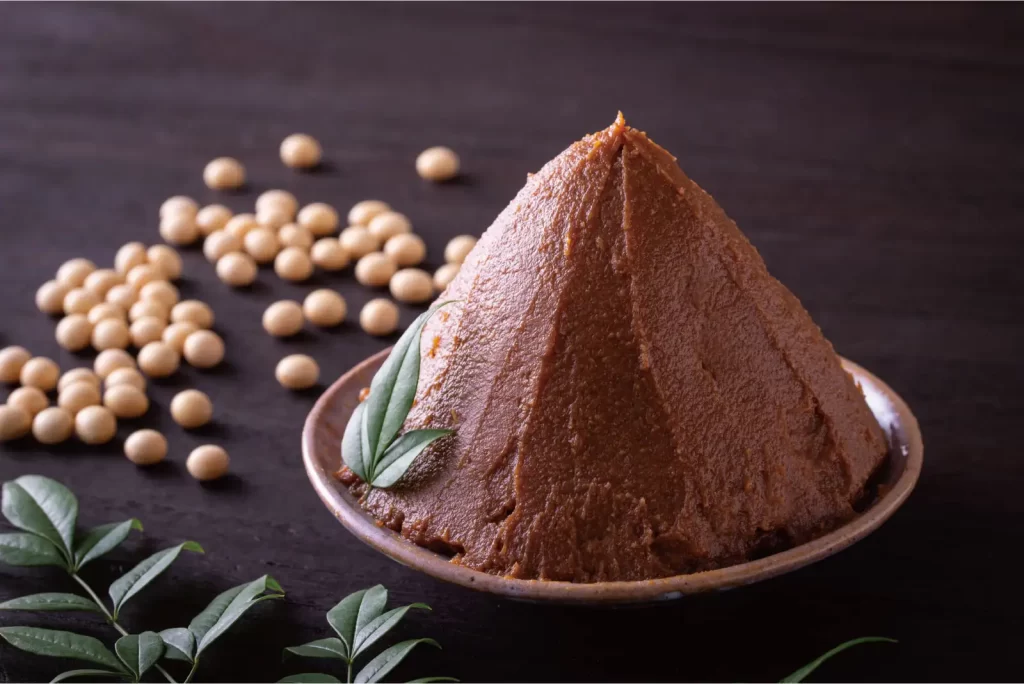
Red miso is characterized by its richness due to its long maturation period. To keep it fresh during the maturation period, miso is high in salt content on purpose. Therefore, it tastes salty.
The taste depends on koji and salt
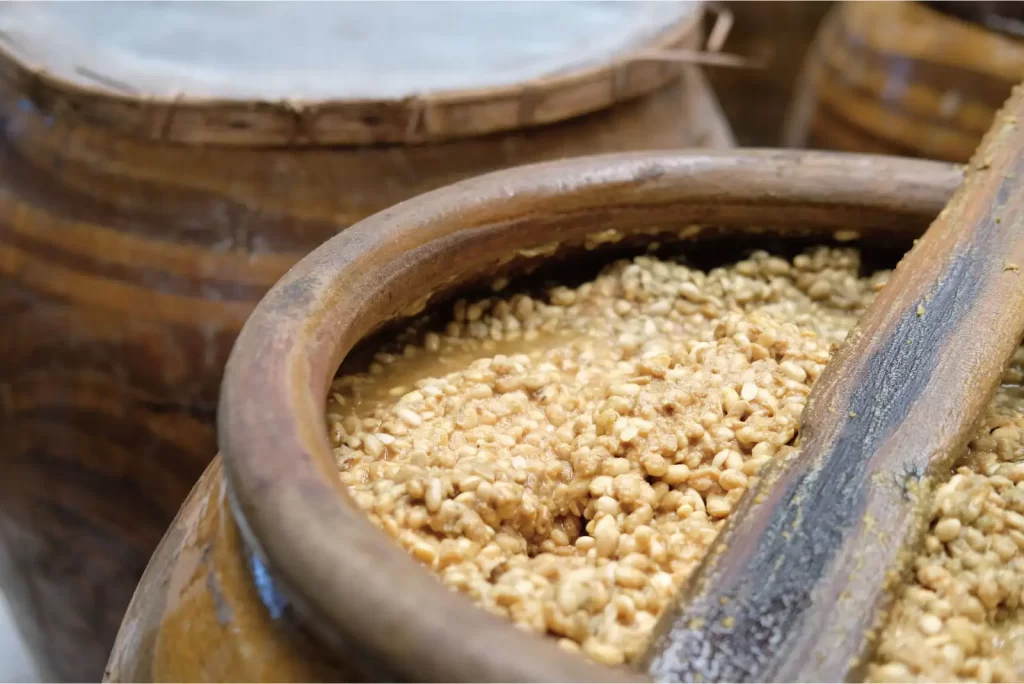
If you prefer a sweeter miso, choose a miso with a higher koji ratio. The more koji you mix, the sweeter it will be. If the salt content is the same, the higher the koji ratio, the sweeter the taste. Conversely, if the amount of koji is the same, the higher the salt content, the saltier the taste. Miso has different characteristics depending on how it is made and how long it is fermented. Find your favorite miso and enjoy your meals!



